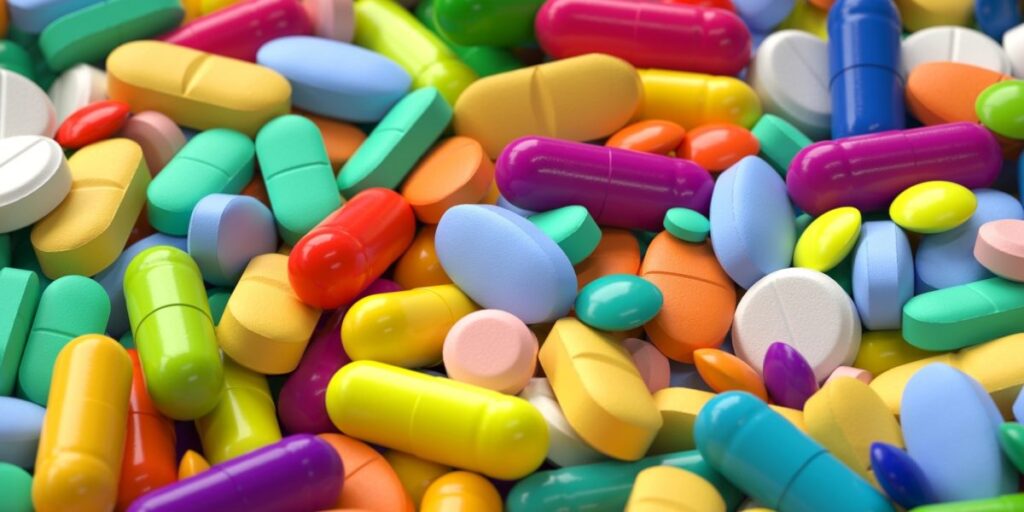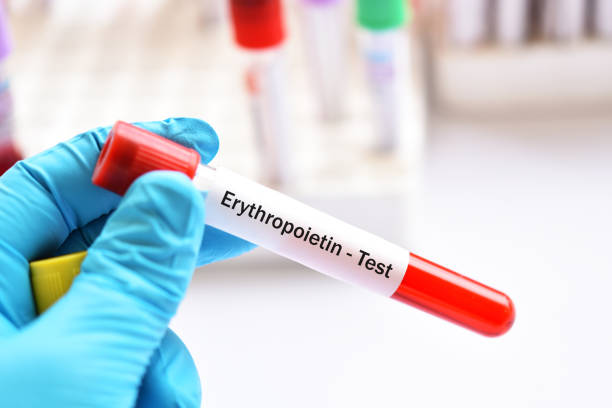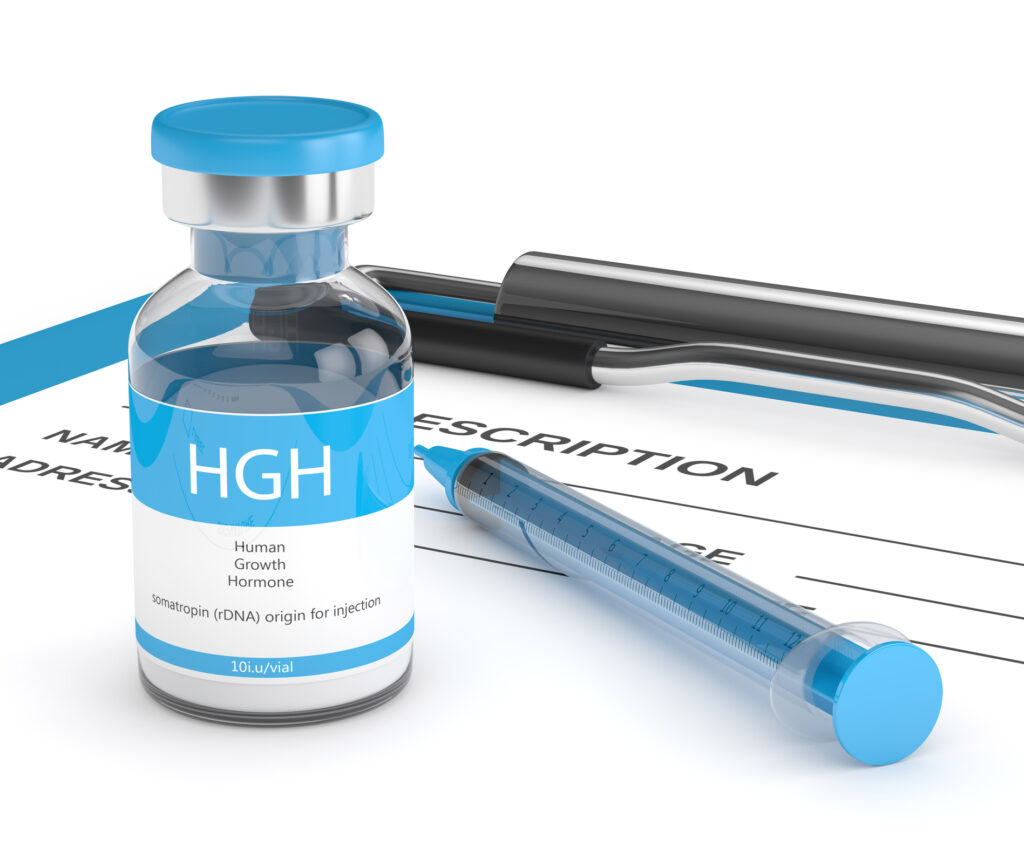Performance enhancing drugs (PEDs) have long been a contentious topic in the realms of sports, fitness, and even academia. These substances, designed to boost physical and mental capabilities, have been a source of debate due to their potential health risks, ethical implications, and impact on fair competition. This article aims to delve into the intricate details surrounding performance enhancing drugs, examining their types, effects, mechanisms, historical context, ethical considerations, risks, and the ongoing battle against doping in various fields.
Also Read: 10 Best Supplements for Men to Boost Overall Health & Well-being
Types of Performance Enhancing Drugs
Performance enhancing drugs come in various forms, each designed to influence the body in distinct ways. Anabolic steroids, perhaps the most notorious, mimic the effects of testosterone, promoting muscle growth and enhancing physical strength. Stimulants, such as amphetamines, increase alertness and reduce fatigue, providing a temporary boost in performance. Erythropoietin (EPO) stimulates red blood cell production, improving oxygen transport and endurance. Human growth hormone (HGH) stimulates growth and regeneration of cells, aiding in muscle and bone development. Now, keep aside these small descriptions and let’s dive deep into the details of all these types of performance enhancing drugs.
Anabolic Steroids
Anabolic steroids are perhaps the most widely known and controversial class of performance enhancing drugs. These synthetic derivatives of testosterone aim to mimic the hormone’s effects, promoting muscle growth, increased strength, and enhanced recovery. Athletes often turn to anabolic steroids to gain a competitive edge, as they accelerate protein synthesis within cells, leading to the development of lean muscle mass. However, the use of anabolic steroids is associated with a myriad of health risks, including cardiovascular issues, liver damage, hormonal imbalances, and psychological effects such as mood swings and aggression.

Stimulants
Stimulants form another category of performance enhancing drugs that target the central nervous system to heighten alertness, reduce fatigue, and improve focus. Common stimulants include amphetamines, caffeine, and ephedrine. These substances increase the release of neurotransmitters such as dopamine and norepinephrine, leading to enhanced cognitive function and temporary boosts in physical performance. While stimulants can provide short-term benefits, their misuse may result in adverse effects such as increased heart rate, elevated blood pressure, and the potential for addiction.

Erythropoietin (EPO)
Erythropoietin, or EPO, is a hormone naturally produced by the kidneys to stimulate the production of red blood cells in the bone marrow. As a performance enhancing drug, synthetic EPO is utilized to increase red blood cell count, thereby enhancing the blood’s oxygen-carrying capacity. This heightened oxygen delivery to muscles improves endurance and delays the onset of fatigue. However, the misuse of EPO has been linked to serious health complications, including blood clotting, cardiovascular issues, and an increased risk of stroke.

Human Growth Hormone (HGH)
Human Growth Hormone (HGH) is a peptide hormone crucial for growth, cell regeneration, and overall development. As a performance enhancing drug, synthetic HGH is employed to stimulate the growth of muscles, bones, and connective tissues. Athletes seeking enhanced recovery and increased muscle mass may turn to HGH. Prolonged use, however, can lead to side effects such as joint and muscle pain, carpal tunnel syndrome, and an increased risk of diabetes. Detecting synthetic HGH has proven challenging, making it an attractive yet contentious option for some athletes.

Peptide Hormones
A diverse group of performance enhancing drugs includes various peptide hormones, such as insulin and insulin-like growth factor 1 (IGF-1). Insulin, when used inappropriately, can enhance nutrient uptake by cells, promoting muscle growth. IGF-1, a hormone with anabolic effects, is sometimes abused to stimulate muscle protein synthesis. However, the misuse of these substances can lead to serious health complications, including hypoglycemia, organ enlargement, and metabolic disorders.
Beta-2 Agonists
Beta-2 agonists, commonly used to treat respiratory conditions like asthma, have found their way into the realm of performance enhancement. These substances act on beta-2 receptors in the body, leading to bronchodilation and increased airflow to the lungs. Athletes may use beta-2 agonists to enhance oxygen uptake and improve respiratory efficiency. However, their misuse can result in side effects like tremors, increased heart rate, and metabolic disturbances.
Diuretics
Diuretics, substances that increase urine production and promote fluid loss, are utilized by some athletes to achieve rapid weight loss or mask the presence of other banned substances in urine tests. While diuretics do not directly enhance physical performance, their misuse poses significant health risks, including dehydration, electrolyte imbalances, and impaired kidney function.
How Do PEDs work? – Mechanisms of Action
The effectiveness of performance enhancing drugs lies in their ability to manipulate physiological processes. Anabolic steroids work by binding to androgen receptors, initiating a cascade of events that promote protein synthesis and muscle growth. Stimulants act on the central nervous system, increasing dopamine levels and heightening alertness. EPO boosts the production of red blood cells, enhancing oxygen-carrying capacity. HGH stimulates cell growth and regeneration, particularly in muscles and bones.
Health Risks
The pursuit of enhanced performance often comes at a significant cost to an athlete’s health. As we already mentioned, anabolic steroids lead to cardiovascular issues, liver damage, and hormonal imbalances. Stimulant use may result in increased heart rate, elevated blood pressure, and mental health concerns. EPO abuse has been linked to blood clotting and cardiovascular problems. Long-term use of HGH can contribute to joint and muscle pain, diabetes, and other health complications. The potential for adverse effects underscores the need for stringent anti-doping measures.

Historical Context
The use of substances to enhance performance dates back centuries. In ancient Greece, athletes consumed various concoctions, including wine and hallucinogenic mushrooms, in the pursuit of victory. However, the modern era of performance enhancing drugs began in the mid-20th century with the development of synthetic steroids. The infamous case of Ben Johnson at the 1988 Seoul Olympics brought the issue into the spotlight, leading to increased scrutiny and anti-doping efforts.
Also Read: 9 Best Supplements for Muscle Growth [Most Effective!]
Ethical Considerations
The ethical considerations surrounding performance enhancing drugs are complex and multifaceted. Advocates argue that athletes have a right to explore every avenue to maximize their potential, just as they use advanced training methods and equipment. On the contrary, opponents assert that the use of PEDs provides an unfair advantage, compromising the integrity of sports and creating an uneven playing field. Additionally, the health risks associated with many performance enhancing drugs raise questions about the well-being of athletes who choose to use them.
Anti-Doping Measures
In response to the growing prevalence of performance enhancing drugs, sports organizations and regulatory bodies have implemented robust anti-doping measures. Athletes are subjected to random drug tests, where samples are analyzed for the presence of banned substances. The World Anti-Doping Agency (WADA) plays a pivotal role in establishing and enforcing anti-doping regulations on a global scale. The implementation of the Athlete Biological Passport (ABP), which monitors an athlete’s blood profile over time, has further enhanced the ability to detect doping.
The Cat-and-Mouse Game
The battle against doping is often characterized as a cat-and-mouse game, with athletes seeking new, undetectable substances and methods, and anti-doping authorities working tirelessly to stay ahead. The development of cutting-edge testing techniques, intelligence gathering, and the collaboration between international organizations are critical components in this ongoing struggle. Despite these efforts, some athletes continue to evade detection, raising questions about the effectiveness of current anti-doping measures.
Don’t Miss: Gain Muscle Fast with these 10 Golden Tips! (For Beginners!)
Conclusion
Performance enhancing drugs remain a divisive and intricate aspect of the world of sports and beyond. The ethical dilemmas, health risks, and ongoing efforts to combat doping reflect the complexity of the issue. As technology advances and our understanding of the human body deepens, the landscape of performance enhancement will continue to evolve. Striking a balance between the pursuit of excellence and maintaining the integrity of fair competition will be an ongoing challenge for athletes, sports organizations, and society at large. Hopefully, you have learned enough from this article about PEDs so if you found this article helpful then let us know your valuable thoughts in the comment section down below. Thanks for visiting and appreciating our work.
